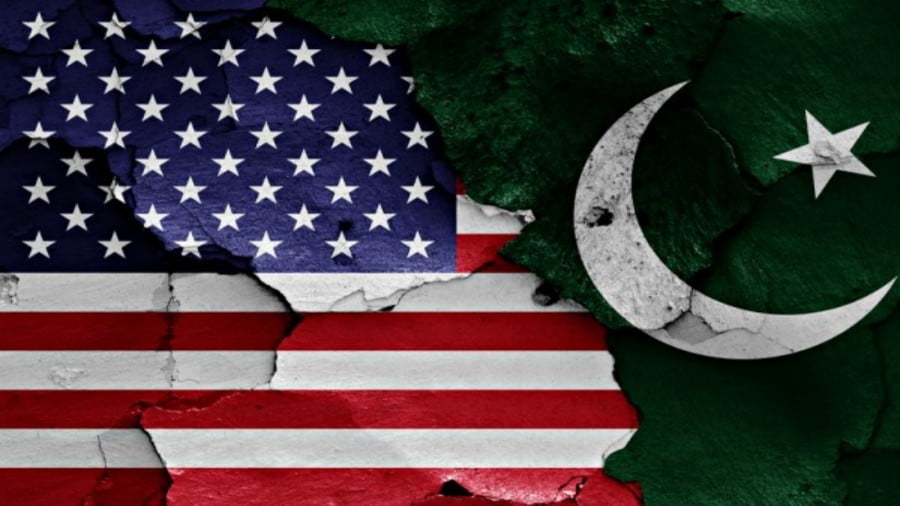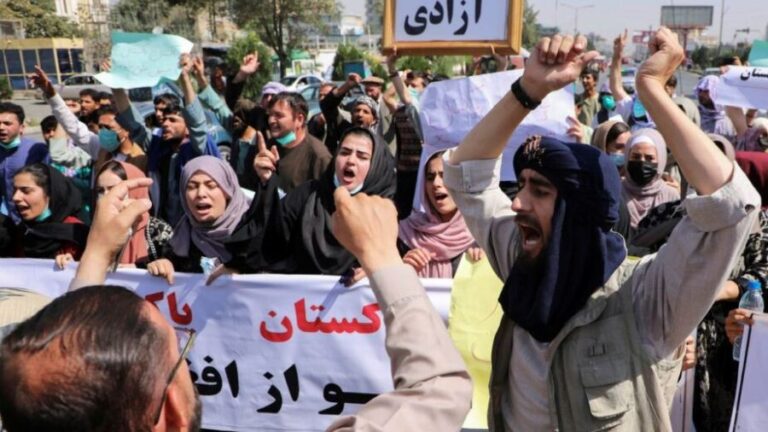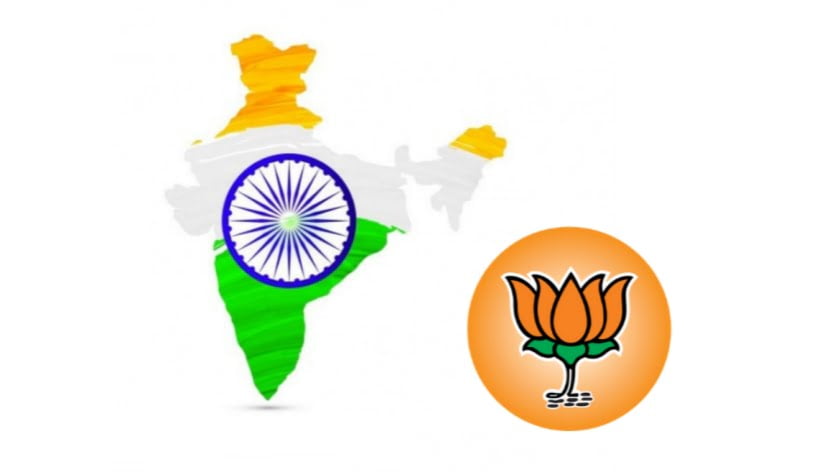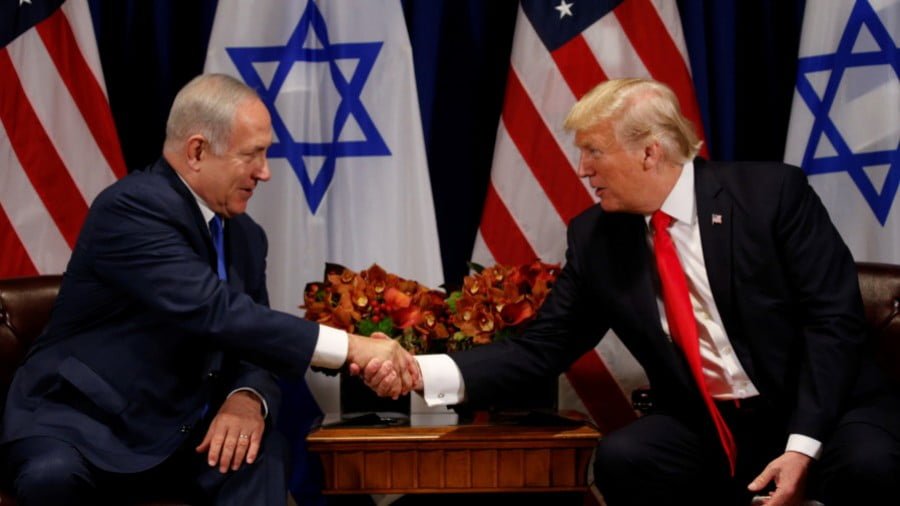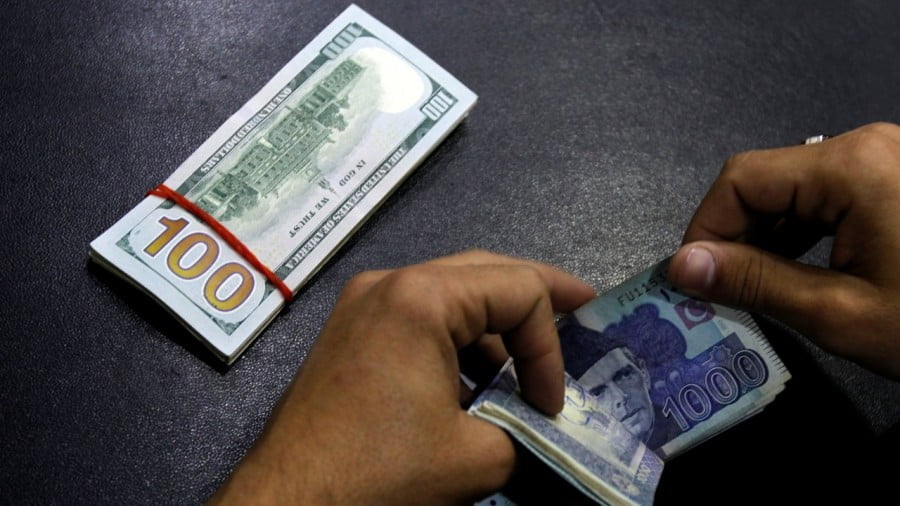Three Scenarios for the Ongoing Hybrid War in Brazil
This article tries to present some possible scenarios for what would be the next logical step in Brazil’s ongoing Hybrid War: the irregular war.
***
One World recently published an article by Andrew Korybko, in which he questioned whether Brazil would or wouldn’t join Latin America’s recent wave of popular protests and color revolutions. This article tries to present some possible scenarios for what would be the next logical step in Brazil’s ongoing Hybrid War: the irregular war.
In an interview given to Venezuelan Telesur, aired December 26th 2019 , former president and now main opposition leader Lula da Silva made clear that he is well aware that the first inflection point in the current Hybrid War was a series of mass demonstrations in June/July 2013. He said: “The 2013 demonstrations were carried out as part of the coup against the Worker’s Party (PT). They were articulated to assure the upcoming coup. They hadn’t any specific demands. These demonstrations started as part of the coup, fueled by the Brazilian mass-media and, as I believe, from the outside. I think that the US played some role in the Brazilian demonstrations [of 2013].”
A little context on the matter
Right after US’ then vice-president Joe Biden visited Dilma Rousseff and had his proposal of sharing Brazil’s recent discovered oil reserves denied, a sudden rise in the bus tickets in Sao Paulo, the country’s main economic center, led to brutal police repression. That, in its turn, sparked mass mobilizations all across the country, that rapidly abandoned the fare-rise protest slogans and became more abstractly ‘anti-corruption’. Those movements can be traced as the origin of both 2016’s parliamentary coup against Rousseff and the turning point in the plan of overthrowing PT’s government for good from the executive power in Brazil. To those familiar with the terms, it’s not hard to see now, from a certain historic distance, the patterns of a Color Revolution, at least, not to say a full-on Hybrid War.
Having succeeded, in a relatively short period of time, in overthrowing the Worker’s Party government and electing their very own candidate (the openly fascist Jair Bolsonaro), there was no further need for igniting the second stage of the Hybrid War: Irregular War. Everything leads us to believe that, in fact, launching an irregular war in case Bolsonaro hadn’t won the 2018 elections was a valid card in the game.
Bolsonaro, a politician with a long parliamentary career had gathered, in previous years (that is, since 2013 at least) great support from the lower ranks of the Armed Forces and managed to acquire the support of paramilitary armed militias in his home state, Rio de Janeiro. A strong paramilitary basis allied with the explicitly violent speech used during his campaign provide us all the hints of what would be the measures taken hadn’t he won against Lula-backed Fernando Haddad. The Hybrid War structure of fake-news spreading WhatsApp groups plus locally armed militias hasn’t been demobilized after the elections, though. On the contrary, activity shows higher than ever.
On the other hand, as a consequence of the regime change’s success without having to unleash irregular war, the Worker’s Party’s (PT) structure (that is, both its parliamentary and unionist/social movement strong connections) was left untouched, even with its main leader, Lula, politically imprisoned.
Then, very curiously, amid Chile’s and Ecuador’s social upheaval and Bolivia’s coup-d’-état, Lula da Silva was released from prison after 580 days of the illegal arrest, that, among other things, prevented him from running for elections in which he’d win – in all scenarios – in the first round. Pointing that, Korybko asks how long would it take for the mass mobilizations that are striking the continent to reach the South American giant.
Scenarios for possible Hybrid Wars Development
Some points have to be taken into consideration, as I think.
First, as previously stated, Hybrid War was successful in Brazil still at its Color Revolution stage. It produced government change, reinstalled pro-neoliberal forces to power, but due to that, there wasn’t an excuse to use violence, that is, to unleash violence against the opposition. So, the PT remaining the main opposition force, it remains as a threat to the pro-US government. But let us remember that there is a growing right-wing pro-neoliberal paramilitary structure being openly built, not to mention the possibility of using the Armed Force through anti-terrorist laws that could frame and repress mass mobilizations.
Second, 13 years of PT’s government have left a total of US$ 380bn in reserves, which could prevent the social catastrophe of Bolsonaro’s neoliberal reforms to be noticed right away (last week, in fact, Bolsonaro announced he would re-brand, but nevertheless keep, Lula’s major welfare policies). We shall nor forget that the three countries in the region that have genuine anti-neoliberal protests are Chile, Ecuador and Haiti, precisely those who have been struck by these policies the longest. To sum it up, these two factors are enough to put the opposition in a defensive position, which is made quite clear from Lula’s speeches after his release.
These speeches, of which the two most important are the one proffered in São Bernardo, right after he was released (November 9th, 2019), and the second the opening speech at PT’s 7th Congress (November 23rd, 2019), coincide in aligning in general terms, the Party’s policy for the upcoming period.
From both of these speeches it becomes clear that for Lula, PT’s the main strategy is going back to office through the 2022 elections, probably inspired by recent progressive electoral victories in Argentina and Mexico. Very surprisingly, at the São Bernardo Speech (and to the disappointment of the majority of the party’s grassroots militants), he fully acknowledged Bolsonaro’s victory (even though the fraud-imprisionment narrative had been the dominant, so far), and praised mass struggle only against the set of the current president’s violent neoliberal reforms, not against the government itself.
In fact, with this tactic, Lula buys some extra-time for organizing the progressive forces along the continent. It is clear that some warmongering heads backing Bolsonaro are but waiting for an excuse to start its irregular war against the opposition, preventing future setbacks for the pro-Washington government, in the frame of what is being called the “Fortress America” strategy, a long-term US-backed economic and military stronghold against Russia and China.
So, this being said, it is clear that the deadline for an outburst of Irregular War in Brazil was postponed for the time-being, at least until 2022. In this case, three scenarios can be clearly outlined, for now.
a) 2022 is the new 2002 scenario
Lula or his candidate win the 2022 elections through a tactic of broad alliances with center and center-right-wing groups of Brazilian traditional politicians, trying to repeat the coalition that led him to power in 2002. Given the great shadow power conferred to these elites during Bolsonaro’s government (their representatives are the ones applying de facto the neoliberal agenda), and the fact that the PT has become unnecessary for these elites to maintain power, this scenario would rather mean Lula’s final capitulation to these elite’s program and being so much as a figurative president for the upcoming term. In this scenario, the final strike to Lula and the PT could be given through institutional/mediatic means.
b) The Bolivian scenario
Lula or his candidate win the 2022 election through a more narrow but strong left-winged coalition, based in the mass movement to be built and renewed in the course of the struggle against Bolsonaro’s neoliberal reforms and backed by an alliance of local left-winged mayors (which are to be elected in 2020). Despite this possible coalition’s program (that could be more or less radical, depending on the development of events and agreements made), this scenario would inevitably set the frames for the unleashing the irregular war stage of Brazilian Hybrid War, much like in the latest Bolivian coup’s fashion.
c) Preemptive Counter-revolution
The most unstable of the three scenarios. Given the possibility of a worldwide economic crisis in the near future, this third scenario accounts for a rapid decline in Bolsonaro’s support and a fast rise in the spontaneous mass movement against neoliberalism due to the effects of economic recession before the end of Bolsonaro’s term. On these circumstances the mass movement’s agenda is likely to radicalize and overcome the PT electoral program, and the government would pass on to Irregular Warfare in the fashion of a preemptive counter-revolution.
Conclusion
Despite being “officially” postponed to 2022, the upcoming major event in Brazil’s ongoing Hybrid War could be precipitated by a number of reasons. This forces us to think that the opposition (both parliamentary and extra-parliamentary/social) has to prepare for a stronger blow in the years to come, and to fortify its strongholds in order to take less damage. This all isn’t only a matter of an internal struggle (as it’s posited by many), but the insertion and instrumentation of Brazil’s inner contradictions in the broader picture of a new phase in the global battle for hegemony that is being carried on by the USA and China, mainly.
By Andrew Korybko
Source: One World


